Collision Course: Asteroids And The Dinosaur Apocalypse
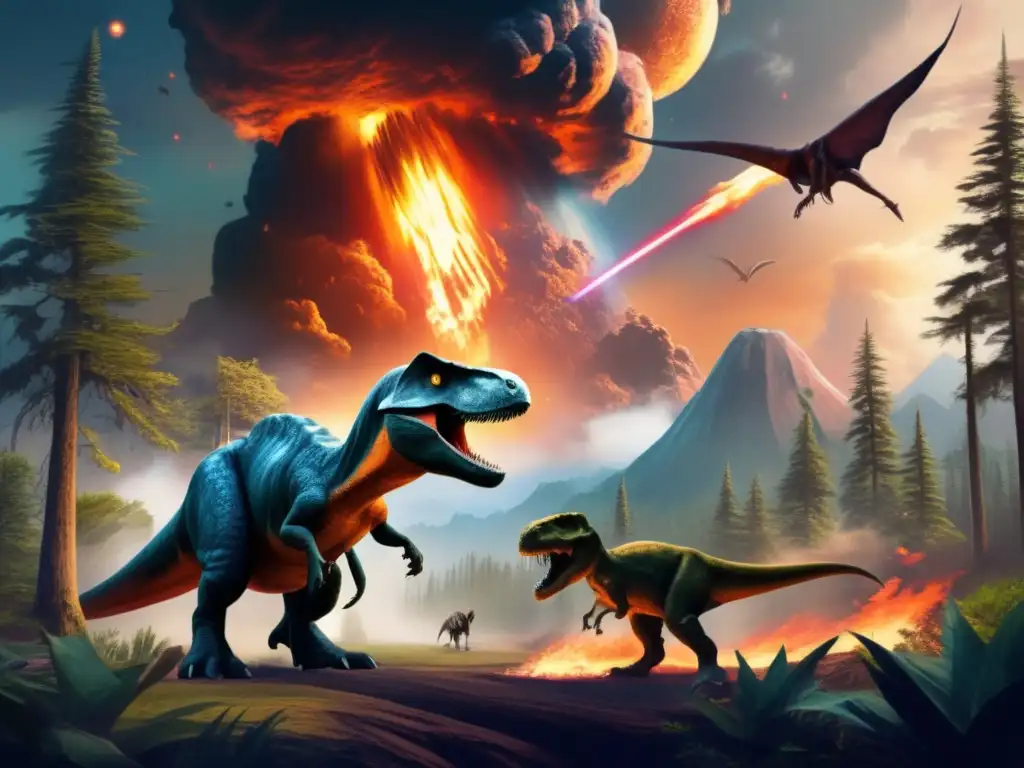
Introduction
Asteroid impacts have played a significant role in shaping the history of our planet. One such event that has captured the imagination of scientists and the public alike is the collision between an asteroid and Earth that led to the extinction of the dinosaurs. In this article, we will delve into the details of this catastrophic event and explore the implications it had on life on Earth.
The Discovery of the Impact

Discovery of the Chicxulub Impact Crater
The Chicxulub crater is one of the largest impact structures on Earth, measuring approximately 180 km in diameter and located in the Yucatán Peninsula in Mexico. It was first discovered in the early 1980s by geologist Antonio Camargo and geophysicist Glen Penfield, who were working for the Mexican state oil company, Petróleos Mexicanos (PEMEX). They were using seismic data to search for new oil reserves when they noticed a large circular structure beneath the surface. Further investigation revealed that it was an impact crater, estimated to be around 65 million years old.
The Connection with the Dinosaur Extinction
At the time of its discovery, the Chicxulub crater was not yet linked to the extinction of the dinosaurs. It was only later that scientists began to connect the impact with the end-Cretaceous extinction event, which wiped out more than three-quarters of all plant and animal species on Earth, including all non-avian dinosaurs.
The Mechanics of the Impact
The asteroid that struck Earth was estimated to be at least 10 km in diameter. Upon impact, it caused a massive explosion equivalent to billions of Hiroshima bombs and created a crater with a depth of around 20 km. The impact would have thrown up an enormous dust cloud, which blocked out the sun and caused global cooling. This, in turn, led to a decline in photosynthesis, which affected the food chain, ultimately causing the extinction of many species.
The Aftermath of the Impact
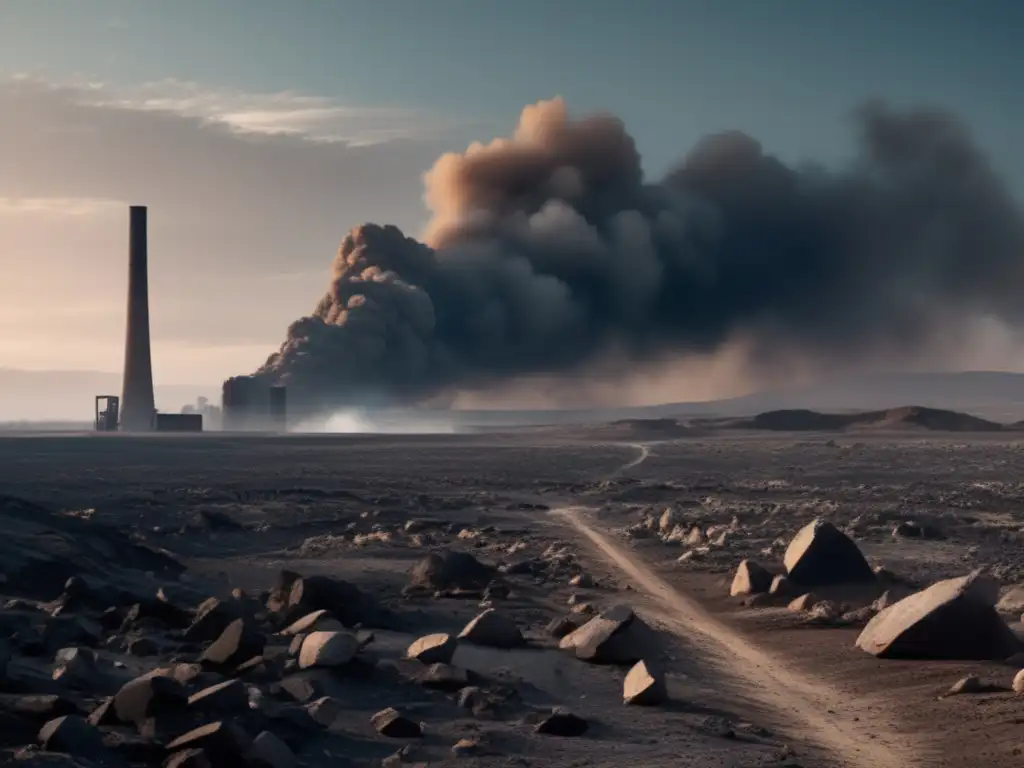
Global Effects on Climate
The impact of the asteroid had a significant effect on the climate of Earth. The dust cloud thrown up by the impact would have blocked out the sun for several years, which led to a global cooling effect. This caused a drop in temperatures and a decrease in photosynthesis, which affected the food chain, ultimately leading to the extinction of many species.
Recovery of Life on Earth
The end-Cretaceous extinction event wiped out a significant number of plant and animal species on Earth, including all non-avian dinosaurs. However, life eventually recovered from this catastrophic event. The extinction of the dinosaurs paved the way for the evolution of new species of animals, including many mammals.
The Significance of Studying Impact Craters
Studying impact craters, like the Chicxulub crater, can provide insights into the history of our planet and the impact of extraterrestrial objects on our environment. Understanding the mechanics of these impacts, as well as their consequences, can help us develop strategies to mitigate the potential risks posed by future asteroid impacts.
The Future of Asteroid Impact Mitigation
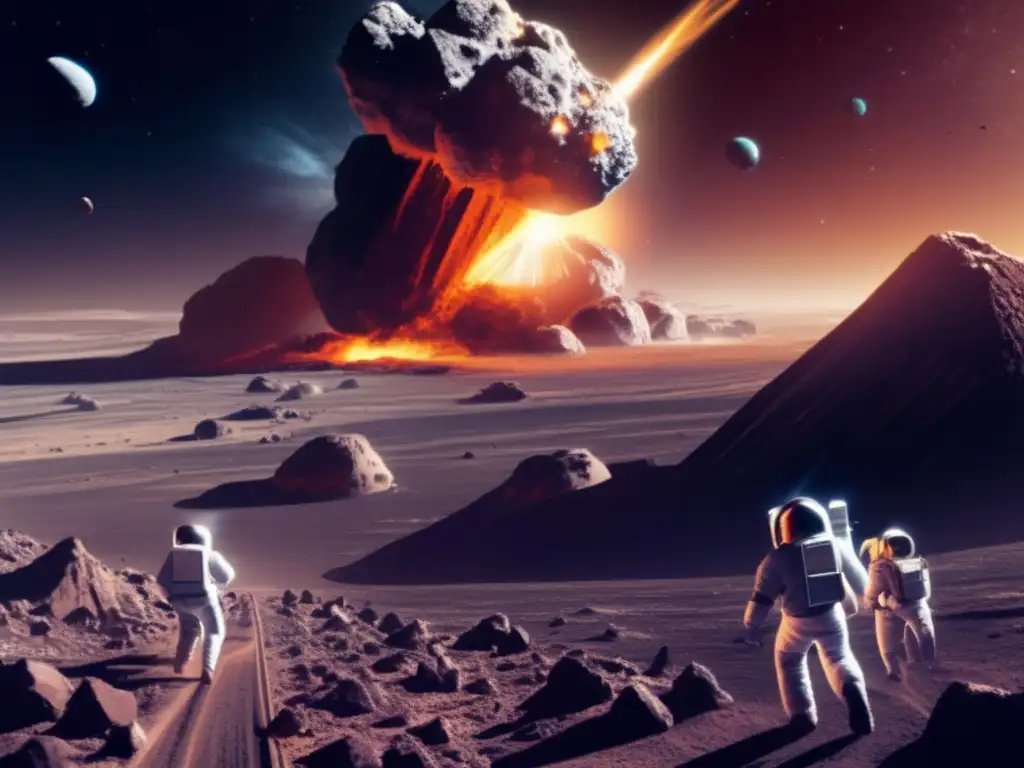
Predicting and Preventing Asteroid Impacts
The importance of asteroid impact mitigation cannot be understated, given the potential catastrophic consequences an impact could have on life on Earth. Scientists are currently working on ways to detect and predict potential asteroid impacts and developing strategies to deflect or destroy asteroids before they collide with Earth.
The Role of Planetary Defense
Planetary defense refers to the efforts made to protect the planet from the potential impacts of asteroids, comets, and other extraterrestrial objects. This includes detecting and tracking asteroids, developing technology to deflect them, and establishing international protocols for responding to potential impact events.
The Importance of Public Awareness
Educating the public about the potential risks posed by asteroid impacts is essential in fostering support for planetary defense efforts. The more people understand the potential consequences of an impact, the more likely they are to support measures aimed at mitigating these risks.
Frequently Asked Questions
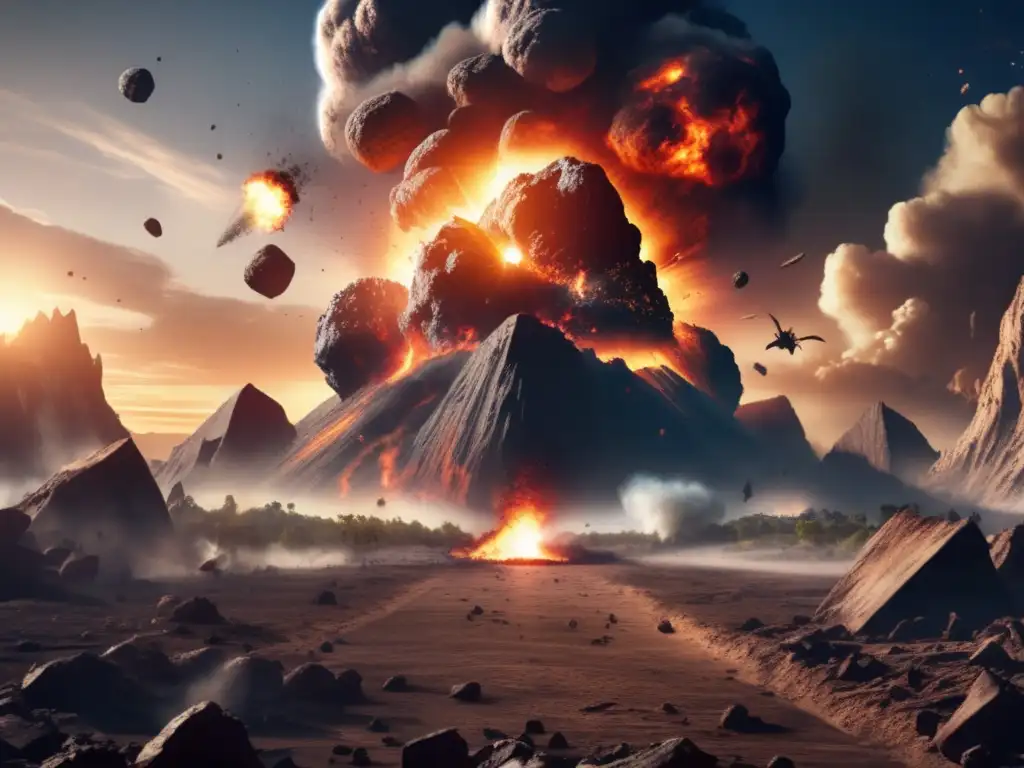
-
What caused the extinction of the dinosaurs?
The extinction of the dinosaurs was caused by a massive asteroid impact that occurred around 65 million years ago.
-
What was the size of the asteroid that struck Earth?
The asteroid that struck Earth was estimated to be at least 10 km in diameter.
-
What were the consequences of the impact on Earth's climate?
The impact led to a massive explosion and a dust cloud that blocked out the sun, causing global cooling. This led to a decline in photosynthesis, which affected the food chain and ultimately caused the extinction of many species.
-
What efforts are being made to prevent future asteroid impacts?
Efforts are being made to detect and predict potential asteroid impacts, develop strategies to deflect or destroy asteroids before they collide with Earth, and establish international protocols for responding to potential impact events.
-
Why is public awareness important in asteroid impact mitigation?
Public awareness is essential in fostering support for planetary defense efforts. The more people understand the potential consequences of an impact, the more likely they are to support measures aimed at mitigating these risks.
Conclusion
The collision between an asteroid and Earth that led to the extinction of the dinosaurs is one of the most significant events in the history of our planet. Studying impact craters, like the Chicxulub crater, can provide insights into the impact of extraterrestrial objects on our environment and help us develop strategies to mitigate the potential risks posed by future asteroid impacts. The future of asteroid impact mitigation relies on continued efforts in detecting, predicting, and preventing asteroid impacts and fostering public awareness of these potential risks.
Thank you for taking the time to read this article. Please feel free to share your thoughts and comments in the section below. Don't forget to subscribe to our website, Asteroid Realm, for more fascinating articles about asteroids.
Additional Resources
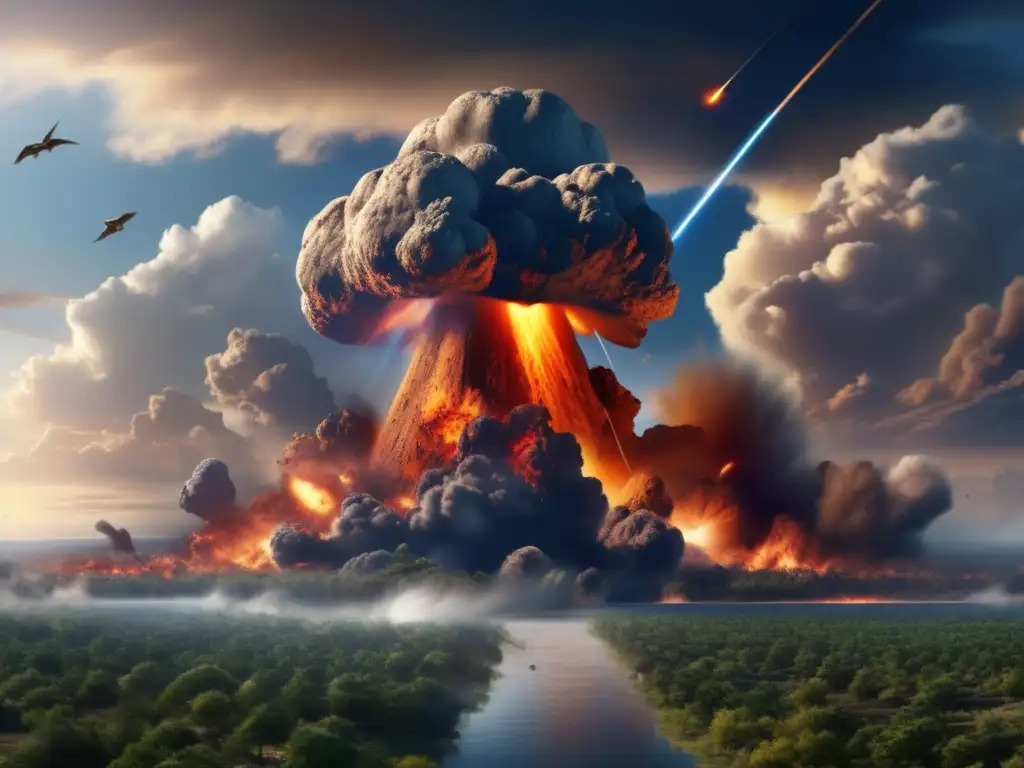
NASA Planetary Defense Coordination Office
Popular Mechanics: NASA's Plan to Deflect an Asteroid
 Closing The Age Of Dinosaurs: The Asteroid Theory
Closing The Age Of Dinosaurs: The Asteroid Theory From Dinosaurs To Dust: The Asteroid Impact Hypothesis
From Dinosaurs To Dust: The Asteroid Impact Hypothesis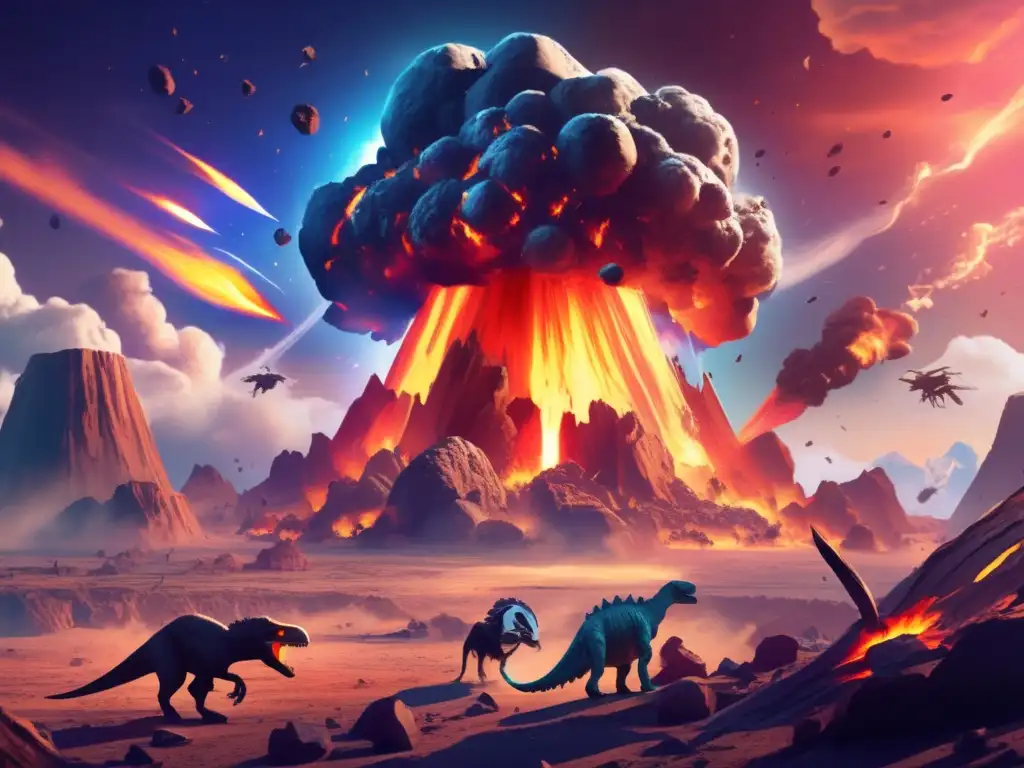 Extinction Event: The Role Of Asteroids In Dinosaur Demise
Extinction Event: The Role Of Asteroids In Dinosaur DemiseIf you want to discover more articles similar to Collision Course: Asteroids And The Dinosaur Apocalypse, you can visit the Asteroids and Dinosaurs category.
Leave a Reply

Articulos relacionados: